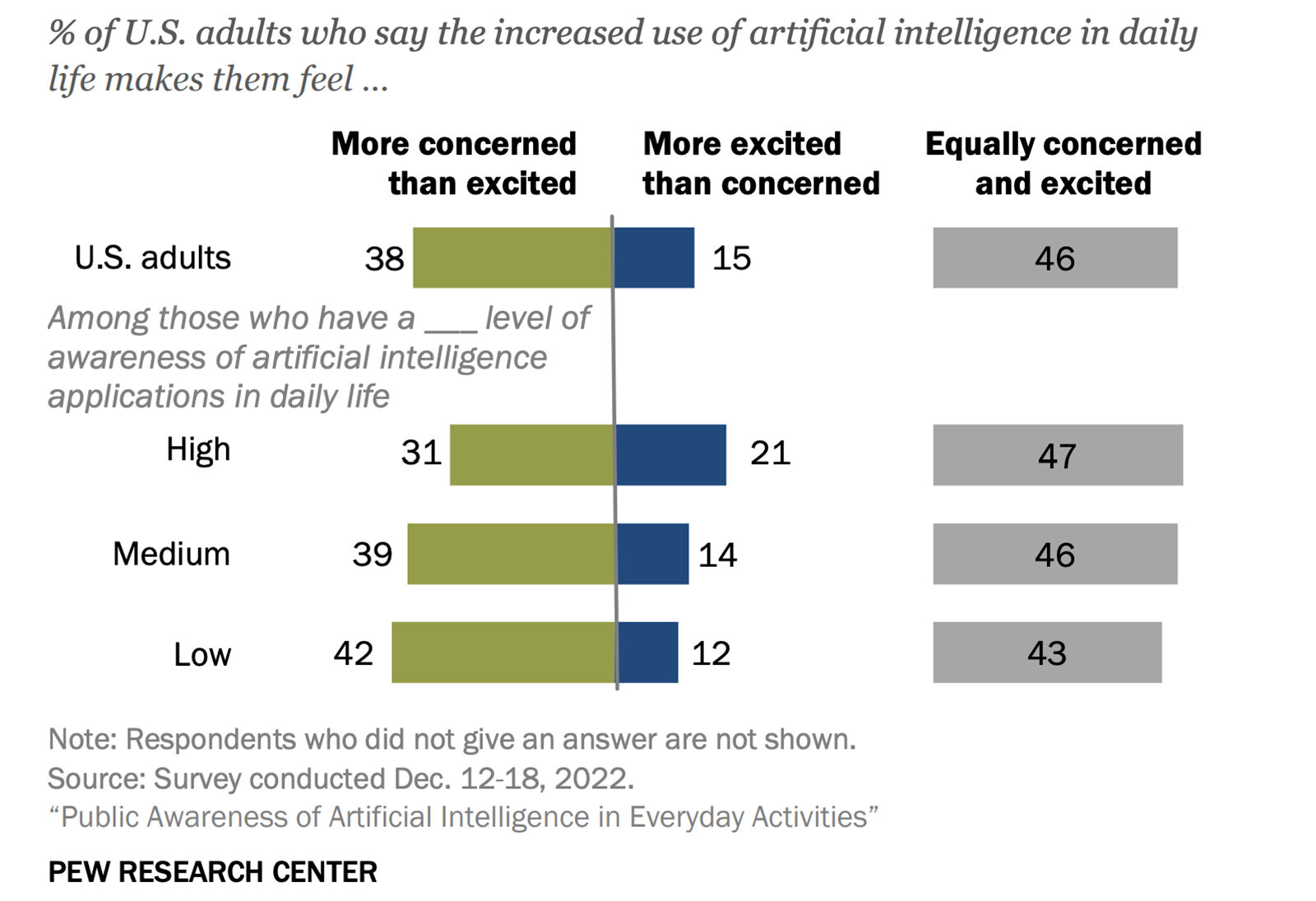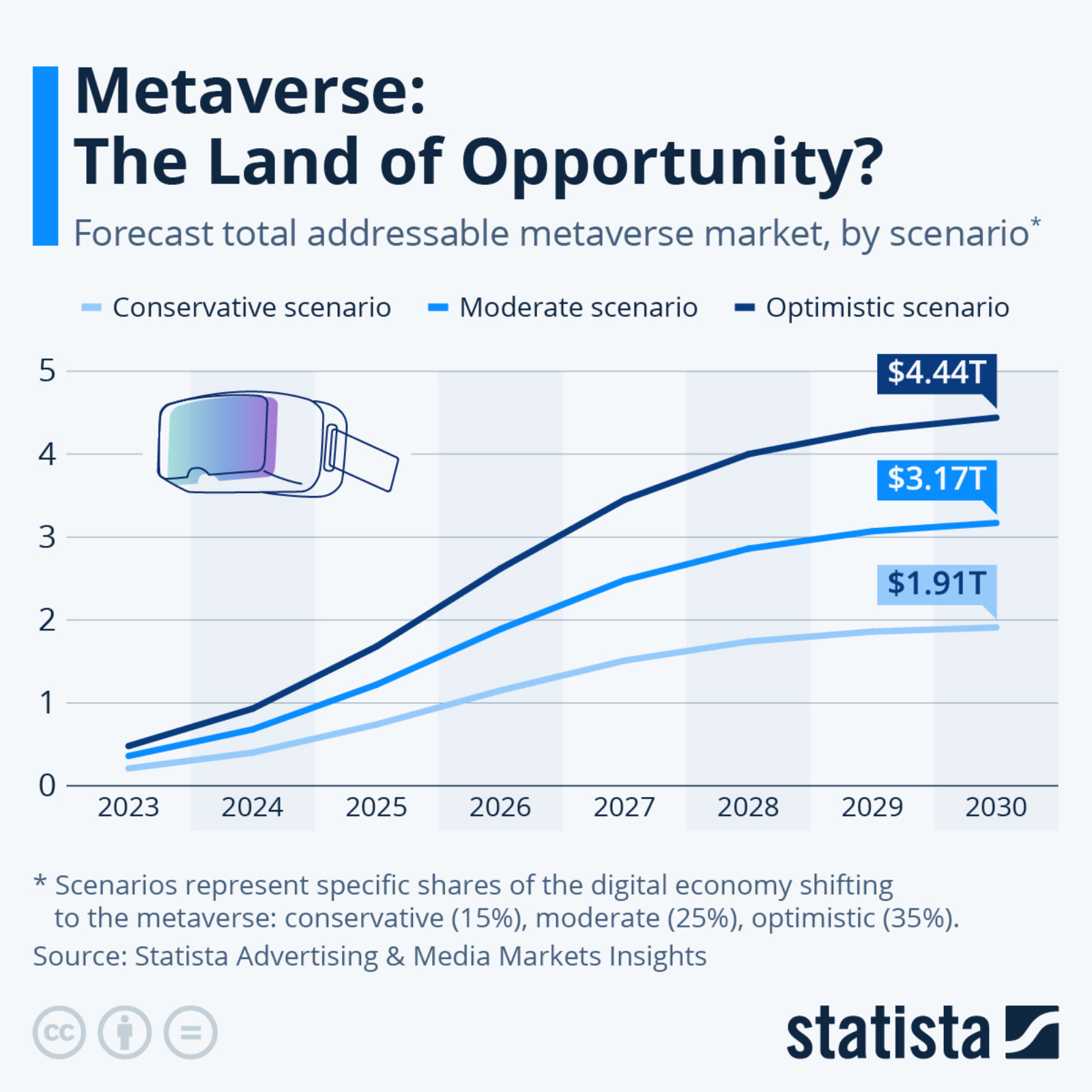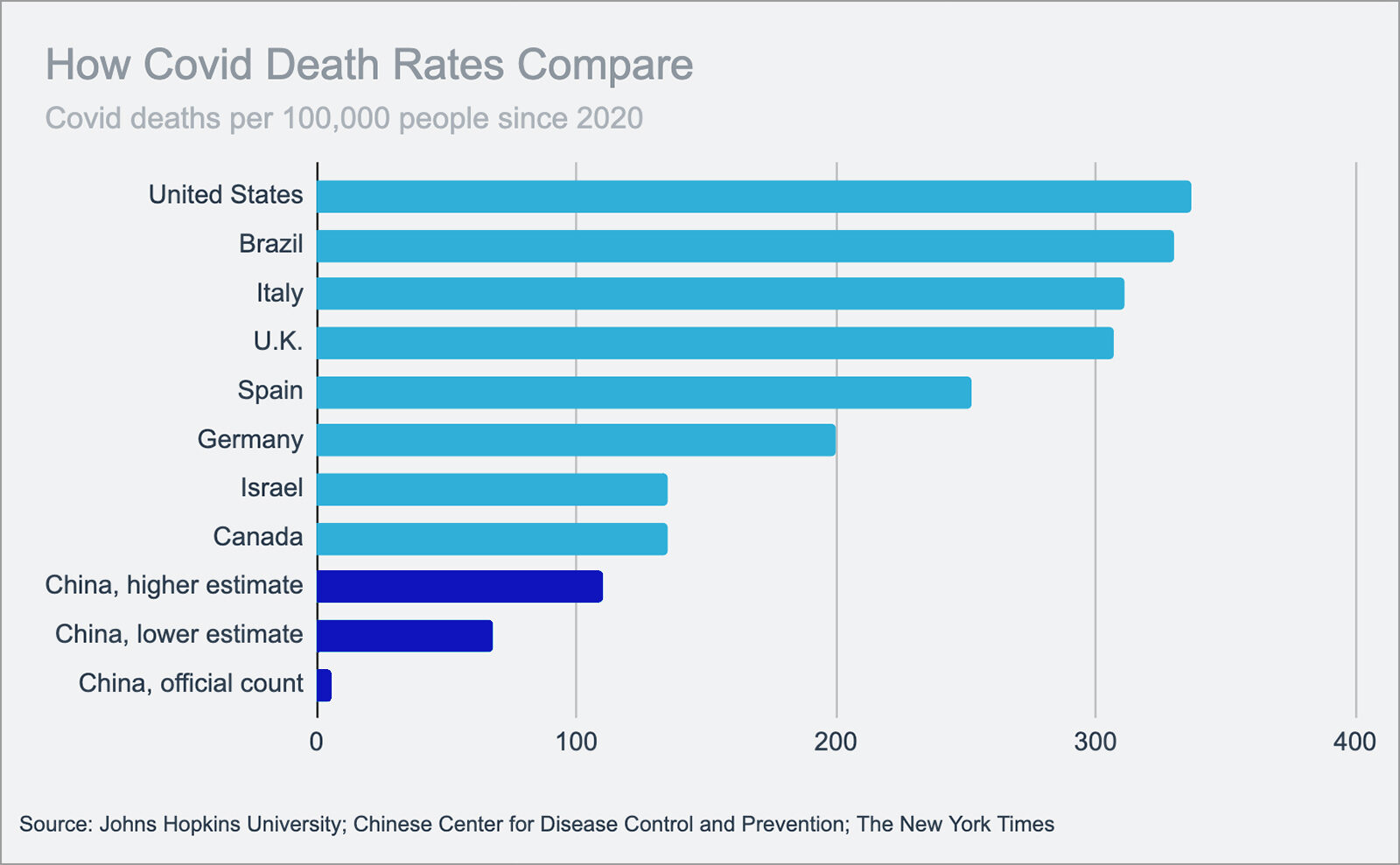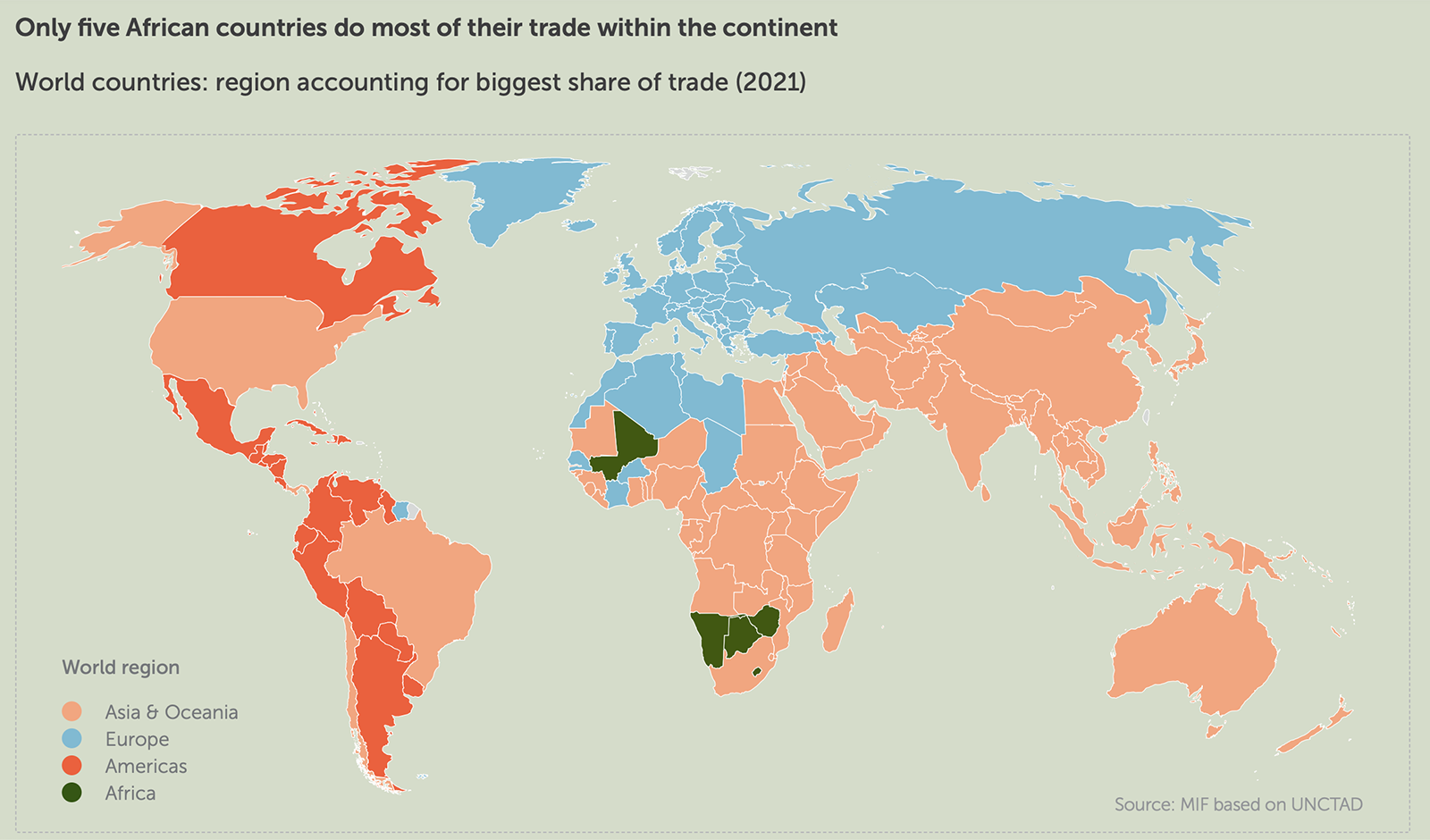Over Half of US Medicine Ingredients Are From India and China
Despite discussions over the onshoring of medicines manufacturing, the U.S. remains heavily dependent on active pharmaceutical ingredients (APIs) supplied from overseas, with over 60% sourced from just two countries — India and China. A recent analysis by USP highlights how 48% of APIs imported into the U.S. are from India, and 13% from China. Just 10% of APIs are made domestically.
Different stages of the pharmaceutical supply chain have different geographical concentrations. The U.S. leads in R&D — although China is trying to catch up. China and India are the world’s main players in API production, due to cheaper manufacturing and labor costs, and favorable regulations. Europe dominates the production of finished pharmaceutical products with Germany and Switzerland as top exporters. India, meanwhile, is the world’s largest supplier of generic drugs — although it, in turn, relies on China for some 70% of its APIs and raw materials.
With geopolitical tensions adding to anxieties, policymakers in the U.K., U.S., and EU have discussed boosting manufacturing independence. Other efforts have focused on supplier diversification. However, supply chain resilience isn’t cheap: keeping more inventory — or increasing domestic R&D and manufacturing — increases costs for health care systems just as funding pressures mount.
Analysis by Marsh McLennan Advantage. Sources: CPhI, EFPIA, GLG, OECD, OEC, Congressional Budget Office





